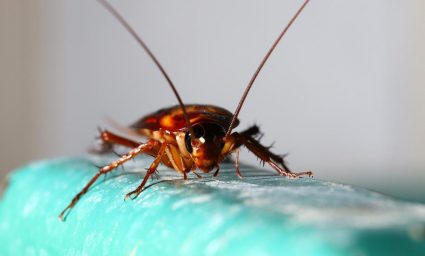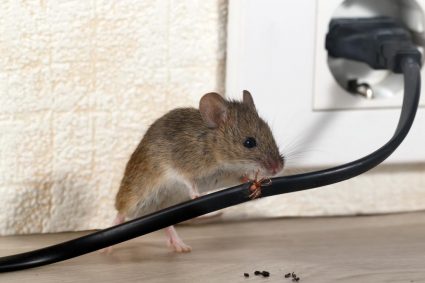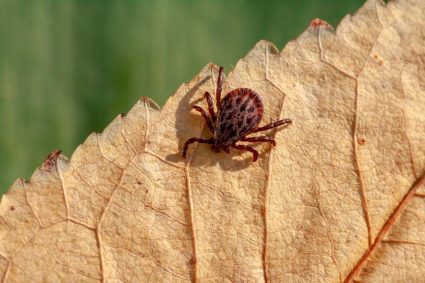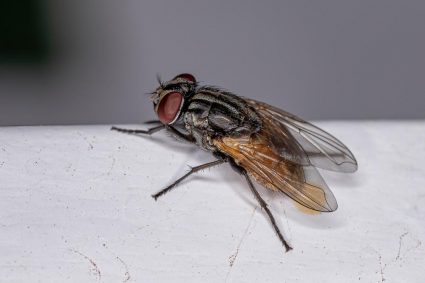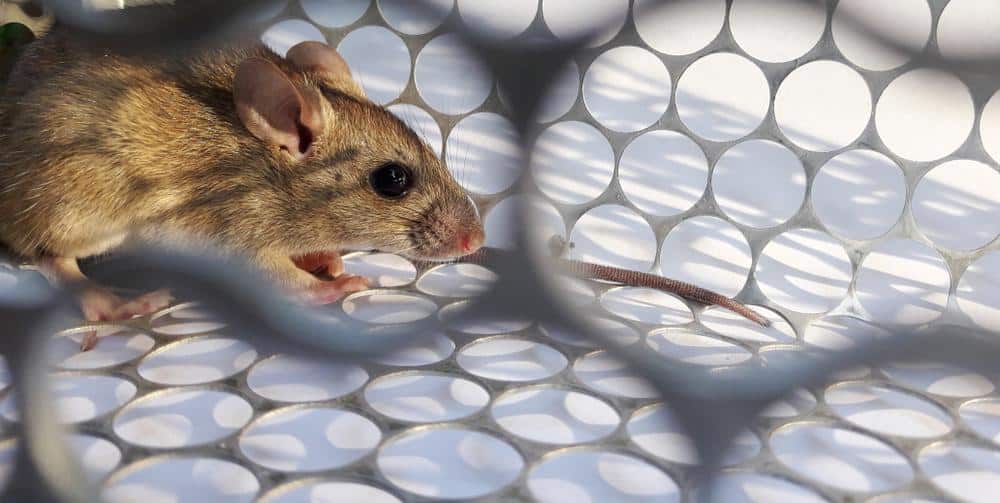
There is nothing quite as disturbing as discovering a mouse has taken up residence in your car. These small rodents can cause significant damage, from gnawing on wires and upholstery to leaving behind unpleasant odors. In this comprehensive guide, we will walk you through the process of how to catch a mouse in a car, signs that you might have a mouse, potential dangers, recommended tools, and preventive measures.
To catch a mouse in your car, first clean your car to remove any potential food sources. Use scent-based deterrents like peppermint oil and set up mouse traps under the seats and in the trunk. Increase the car’s temperature by leaving the hood open in the sun and make noise, such as honking the horn, to scare the mouse out. If these steps don’t work, consider hiring a professional pest controller.
Signs and Symptoms of a Mouse in Your Car
Before you can catch a mouse in your car, you need to know the signs that one might be present. These include:
- Mechanical failure: If your car starts having unexplained issues, a mouse might be the culprit. Mice can chew through wires, causing various malfunctions.
- Damaged upholstery: Mice might gnaw on seats, insulation, or foam to gather materials for their nests.
- Mouse droppings and urine: If you notice small, dark pellets or discoloration on upholstery caused by urine, you may have a mouse.
- Foul odors: Mouse droppings and urine have a stale, pungent smell. If you notice a foul odor coming from your vents, mice may have nested within your ventilation system.
- Nests: Mice often build nests in warm, protected spots, such as the air filter box or beneath the seats.
Potential Dangers and Damages
Mice in your car are more than just a nuisance; they can cause extensive damage and pose health risks, including:
- Gnawed wires: Mice are attracted to the insulated coating on wiring and can chew through the protective coat and the wires themselves.
- Damaged upholstery: The damage to seats, insulation, and foam can be costly to repair.
- Clogged air vents: Mice can obstruct the flow of hot or cool air by building nests in the car’s air vents.
- Foul odors: The unpleasant smell from mouse droppings and urine can be harmful to your health.
- Mechanical failure: Mice can cause mechanical issues by chewing through important components of the car.
Tools and Equipment for Catching a Mouse
There are several tools and equipment you can use to catch a mouse in your car, including:
- Mouse Traps: Victor offers a variety of mouse trap designs that can be placed in and around your car to catch mice.
- Scent Repellents: Victor Scent-Away Natural Rodent Repeller Packs emit a powerful minty smell that repels mice.
- Electronic Deterrents: Devices like the Mouse Blocker Pro use ultrasonic sounds to deter rodents from entering your car.
Steps to Catch a Mouse
Here’s a step-by-step guide to catching a mouse in your car:
- Clean your car: Remove any food or trash that might attract mice.
- Use scent-based deterrents: Spray your car with peppermint oil or other scent-based deterrents.
- Set mouse traps: Place snap traps or no-kill traps under the seats and in the trunk.
- Raise the temperature: Leave the hood open to expose any mice under the cover, and let your car heat up in the sun.
- Make noise: Honk the horn to scare the mouse out of its hiding place.
- Call a professional: If you’re unable to catch the mouse yourself, call a professional pest controller.
Preventive Measures
To prevent mice from infesting your car, you can:
- Keep the passenger area clean.
- Park away from rodent-friendly surroundings.
- Use scent repellents.
- Set mouse traps.
- Regularly inspect your car.
- Keep doors and windows closed.
- Park in an enclosed space.
- Open the hood when parked.
When to Call a Professional
If your attempts to catch the mouse have been unsuccessful, consider contacting a professional pest management company. Some reputable companies include American Rat Control, Truly Nolen, and Terminix.
Following these steps and preventive measures will help keep your car mouse-free. Remember, the key is to act immediately if you suspect a mouse is in your car to prevent further damage and potential health risks.
Frequently Asked Questions
How do I clean mouse droppings from my car?
To clean mouse droppings from your car, first put on gloves and a mask to protect yourself from any potential diseases. Vacuum up the droppings, then clean the area with a bleach and water solution (1 part bleach to 10 parts water). Allow the area to air dry.
Why do mice get attracted to cars?
Mice get attracted to cars because they offer warmth, shelter, and potential food sources. The insulation around wires can also serve as a good nesting material for them.
Are there any natural mouse repellents I can use?
Yes, there are several natural mouse repellents you can use. Peppermint oil is a popular choice as mice don’t like its strong smell. You can also use mothballs, bay leaves, or a solution of equal parts ammonia and water.
Can I use poison to kill the mouse in my car?
It is not recommended to use poison to kill mice in your car. The mouse could die in a hard-to-reach spot, causing a foul odor and attracting other pests. It’s better to use traps or professional pest control services.
Can a mouse enter a car through the air vents?
Yes, a mouse can enter a car through the air vents, especially if the car is parked in an area with high rodent activity. To prevent this, you can cover the vents with wire mesh when the car is parked.

